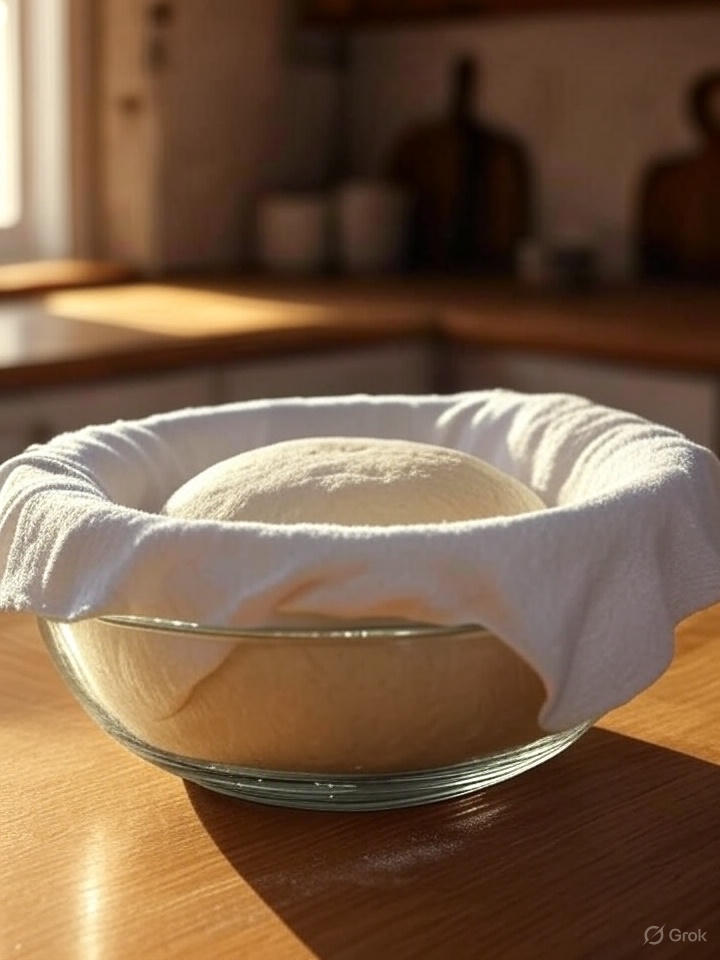When it comes to slicing pizza evenly and cleanly, a pizza rocker blade is the tool of choice for both home cooks and pizzeria pros. Unlike traditional wheel cutters, these long, curved blades use a rocking motion that keeps your toppings in place and delivers consistent, picture-perfect slices every time.
Whether you’re cooking in a cast iron pizza skillet or experimenting with a new dough recipe, the right pizza rocker blade will help you slice and serve like a pro. Here are our top 5 picks for 2025.
1. Premium Stainless Steel Pizza Rocker Blade
This premium stainless steel rocker blade delivers smooth, precise cuts with minimal effort. Its heavy-duty design ensures it stays sharp for years, and the comfortable handles give you full control while slicing.

Key Features:
- Sharp stainless steel blade for clean, one-pass cuts
- Curved design prevents topping drag
- Dual handles for balanced pressure
- Easy to clean and store
2. Professional 16-Inch Pizza Rocker Cutter
Ideal for large pizzas, this professional-grade 16-inch rocker blade gives you plenty of length to slice through even the biggest pies. Designed with comfort in mind, it’s a must-have for serious pizza enthusiasts.

Key Features:
- 16-inch blade for extra-large pizzas
- Heavy-duty stainless steel construction
- Ergonomic handle for comfortable grip
- Works great for bread, flatbreads, and more
3. Heavy-Duty Pizza Rocker with Comfort Grip
This rocker blade is built for those who want durability and control. The non-slip grip keeps your hands steady, while the sharpened edge glides through crusts with ease.

Key Features:
- Non-slip comfort grip handles
- Long-lasting, sharp stainless steel edge
- Great for thin or thick crust pizzas
- Dishwasher safe for quick cleanup
4. Double-Handled Pizza Rocker Blade
Perfect for home kitchens and restaurants, this rocker blade has two sturdy handles for even slicing pressure. The balanced curve makes cutting simple and efficient.

Key Features:
- Double-handle design for controlled rocking
- Balanced weight for smooth cutting
- Wide blade ideal for pizzas, flatbreads, and quesadillas
- Easy to store and clean
5. Extra-Large 20-Inch Pizza Rocker
If you make oversized pizzas or want to cut multiple slices at once, this extra-large rocker is your best bet. It’s a true workhorse for pizza lovers who entertain often.

Key Features:
- Massive 20-inch blade for large pies
- Commercial-grade stainless steel
- Dual handles for secure grip
- Perfect for family gatherings and parties
Final Slice
A quality pizza rocker blade is more than just a cutting tool—it’s the secret to serving beautiful slices that keep all the toppings where they belong. Combine one of these blades with a Cast Iron Pizza setup, and you’ll be slicing through your homemade creations like a true pro.
Some of the links in this post are affiliate links, which means I may earn a small commission if you click on them and make a purchase, at no additional cost to you. I only recommend products or services I personally use or believe will add value to my readers. Your support through these links helps keep this blog running. Thank you!














